The Bible holds the historical account of man’s creation and the lives of God’s chosen people in Israel. But what about its own history? We’ve compiled 18 facts that help you trace the history of the Bible, from its writing to its translation into English.
When the Bible Was Written

The composition of the Hebrew Bible started during the 10th century BC, and the writing of the New Testament ended in the 1st century AD. However, having spanned roughly 1,200 years, the final compilation of the Bible didn’t happen until the late 4th century AD.
The Bible’s Original Languages
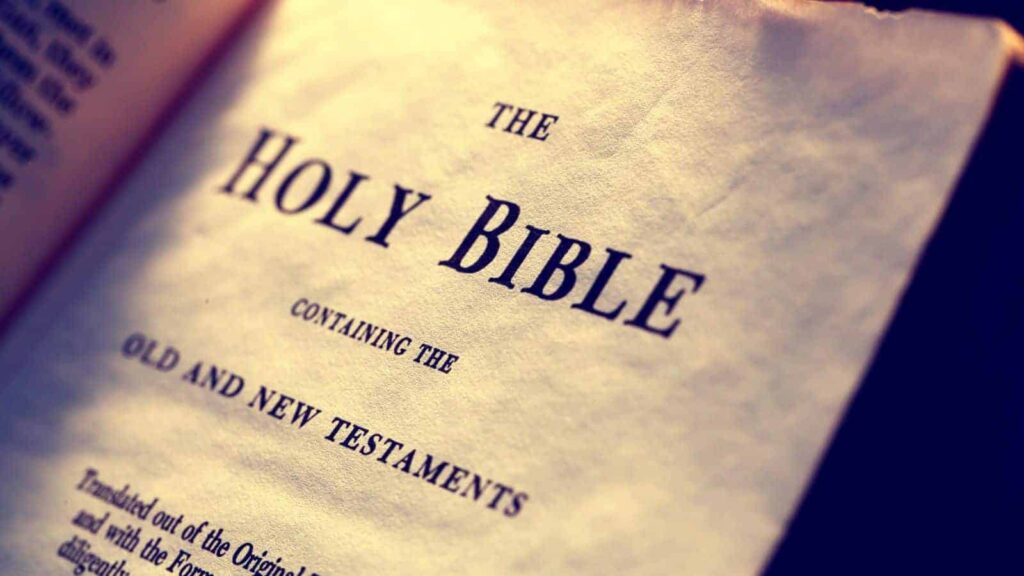
Today, we have the Bible written in English, Spanish, and many other native languages from around the world. But the Bible’s original languages were Hebrew, Aramaic, and Greek. The Old Testament was mostly written in Hebrew, while the New Testament came in Koine Greek.
The First Chapters of the Bible

The first chapters of the Bible are contained in the Torah – the five books of Moses that form the foundational texts for Jewish law and tradition. The final canonization of the Torah is said to have occurred between the 6th and 5th centuries BC, during the Babylonian Exile.
The Dead Sea Scrolls – Oldest Surviving Bible Manuscritps
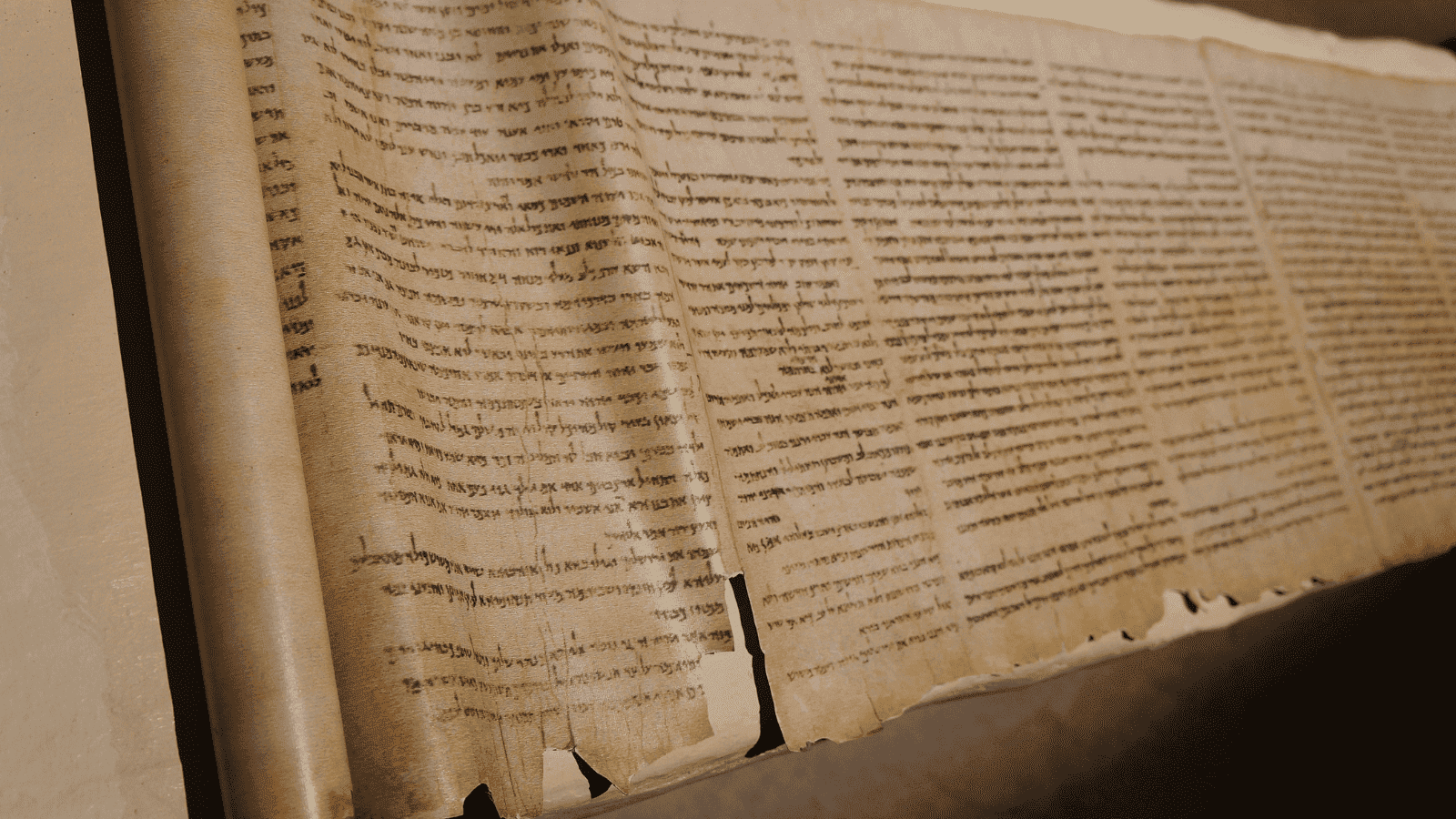
Initially found by Bedouin shepherd Muhammad Edh-Dhib in 1946 and continuously discovered until the mid-1960s, the Dead Sea Scrolls are thought to be the oldest surviving biblical manuscripts in the world. The scrolls also contain extra-biblical manuscripts documenting Second-Temple Jewish history from the 1st century BC.
The Septuagint – the Bible’s First Translation

The Septuagint, written in Greek in the 3rd century BC, is the first known translation of the Bible in history. It was first produced by a Jewish community living in Greek Egypt, and Cambridge University considers it a central literary work for the early spread of Judaism and Christianity.
Formation of the Council of Nicea

Significant to uniting early Christian communities, the Council of Nicea is the first Christian council convened to address all believers as one. It was created by Emperor Constantine in 325 AD to address arguments about Jesus’ divineness, popularly known as the controversy of Arianism.
Formation of the Old Testament

The entire Jewish canon, i.e., the Old Testament, was finally standardized around the 2nd century AD. Some scholars, however, argue that this happened between 140 and 40 BC, during the Hasmonean dynasty. Either way, this event solidified the documentation of the divine Law, the Prophets, and the Writings.
New Testament Writings

While the writings of the New Testament’s Gospels, Acts, Epistles, and Revelations finished in the 1st century AD, as mentioned above, their compilation by the Council of Nicaea happened in 325 AD. The New Testament was also canonized by North African councils in 393 and 397 AD, with further modifications made at the start of the 5th century.
The Gospels – the Earliest New Testament Narratives
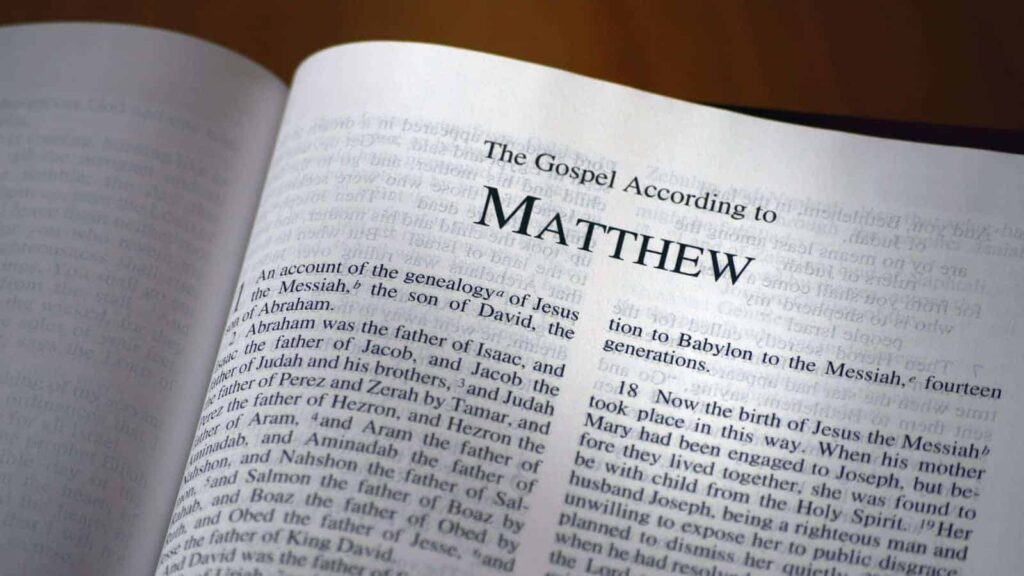
The Gospels of Matthew, Mark, Luke, and John are the four earliest narratives of the New Testament, documenting Jesus’ life and teachings. They are unique perspectives of Jesus’ ministry written between 70 AD and 100 AD. The earliest surviving fragments in the world date back to the 3rd century AD.
The Writing of Paul’s Epistles
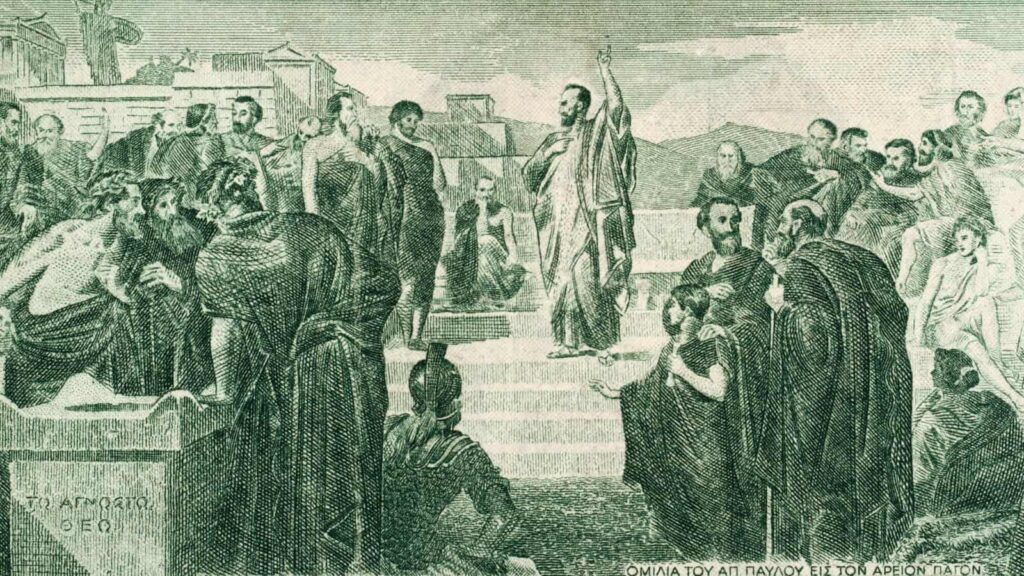
Apostle Paul’s letters about early Christian communities come before the Acts and even the Gospels, as they were written between 48 AD and 64 AD. These letters aimed to teach Christian communities theology and ethical practices, and there are existing fragments dating back to the 3rd century AD.
Book of Revelation – the Final Book

The final book of the Bible, the Book of Revelation, was written around 96 AD by John “The Elder” while in exile on the Turkish Island of Patmos, off the coast of Asia Minor. It contains some of the scariest messages in the Bible, mostly about apocalyptic visions and prophecies.
Codex Sinaiticus – the Most Complete Ancient Bible Manuscript
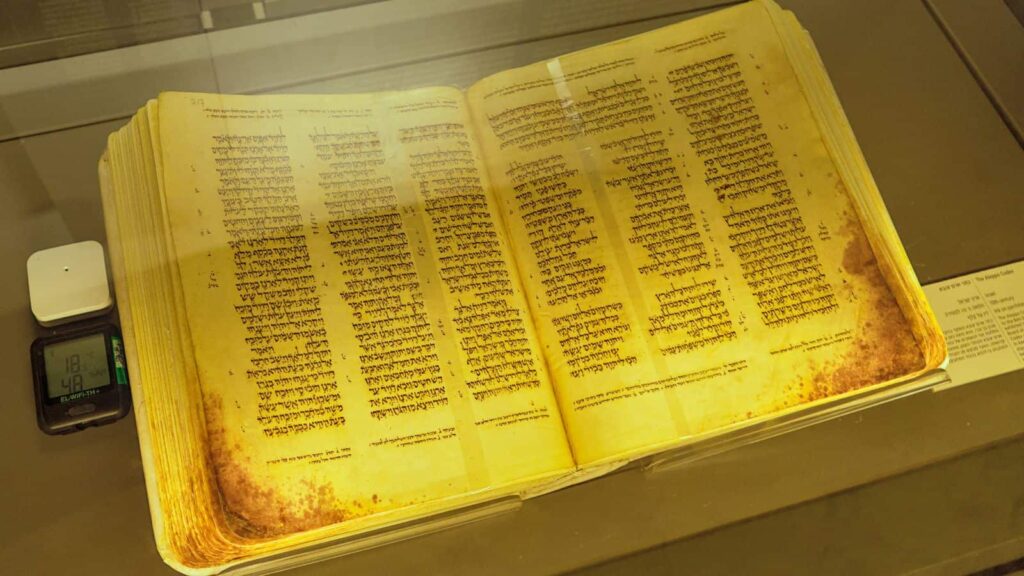
Discovered in the 19th century and having origins that date back to the 4th century AD, the Codex Sinaiticus is the most complete ancient Bible manuscript to exist. We learn from the Independent that it contains half of the Old Testament, all of the New Testament, and even early Christian texts we don’t see in Bibles today.
Codex Vaticanus – the Oldest Full Bible to Exist

The Codex Vaticanus is another ancient, comprehensive Bible text, agreed by many to be the oldest full Bible to exist, predating the Codex Sinaiticus. It’s also from the 4th century BC, and since 1475, according to Brittanica, it has been held up in the Vatican Library, from which it gets its name.
Masoretic Text – Translated into the English Standard Version

The Masoretic text, also known as the Masoretes, is the version of the Bible from which we have translations like the King James version, the English Standard version, and the New American Standard Bible. It was finished by Jewish scholars between 700 and 1000 AD.
The Vulgate – Authoritative Text for the Western Christian World

Before the Masoretic text, we had the Vulgate. It’s a Latin Bible from the 4th century AD, translated by Saint Jerome, and commissioned by the Church as the authoritative text for the Western Christian world. It particularly shaped the Catholic Church’s devotional life for over 1,500 years.
Gutenberg Bible – First Mass-Produced Bible

The Gutenberg Bible, also known as the 42-line Bible, the Mazarin Bible, or the B42, is the first mass-produced book printed using movable metal parts. This 1455 version of the Vulgate started a new revolution for printed books in the Western world, and it also made Bibles even more accessible to the public.
Wycliffe’s English Bible – First to be Translated into English

We end this post with Wycliffe’s English Bible, claimed by the University of Oxford as the first Bible to be entirely translated into the English language. It appeared between 1382 and 1395, and John Wycliffe, an Oxford academic, faced strict punishment for his controversial writings.
Up Next: 18 Reasons Why Men Get Grumpier As They Age

You might read this and be able to relate, or you may feel you’ve become grumpier the older you’ve gotten. Or maybe you know of a male friend or relative who has. Here are 18 reasons why men get grumpier as they age.
18 Reasons Why Men Get Grumpier As They Age
17 Products Millennials Refuse to Buy and It’s Affecting the Economy

Millennials have been the center of so much media attention due to their spending habits. Their unique ways of spending have built up and crushed many traditional industries. In this article, we look at 17 things millennials stopped buying and how that has impacted society.
17 Products Millennials Refuse to Buy and It’s Affecting the Economy
Where Even Truck Drivers Won’t Stop

Truck drivers tend to be hardy souls—well-seasoned travelers who aren’t often afraid to rest up or refuel in risky locations. However, there are certain U.S. locations that even the most road-weary trucker refuses to stop at for fear of criminal activity or natural dangers. Here are 17 such locations that even experienced truck drivers approach with trepidation (or not at all).

